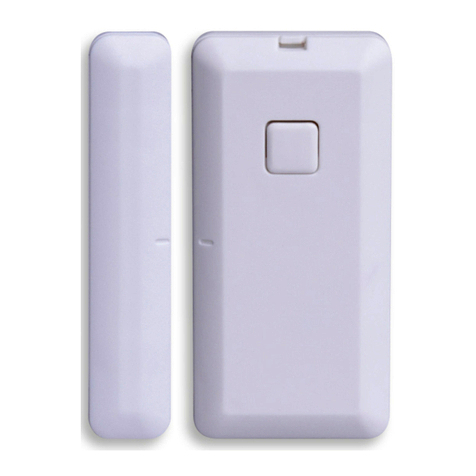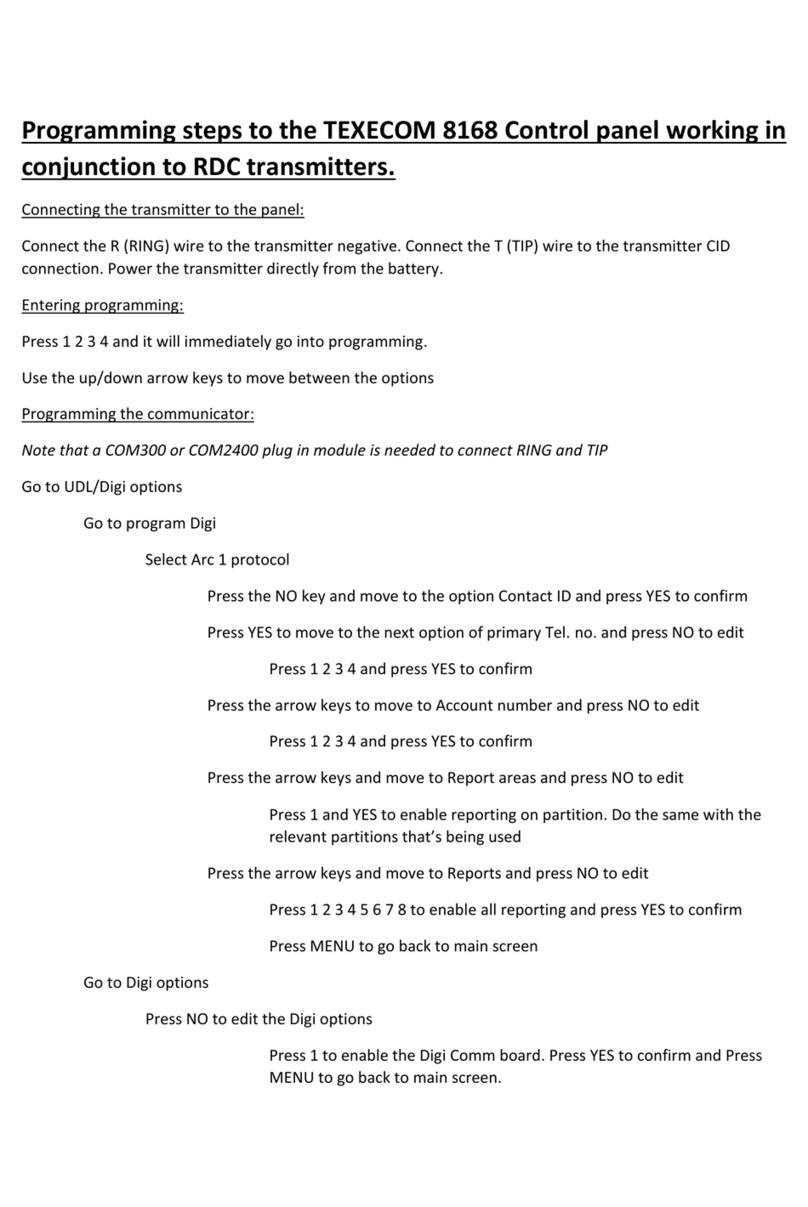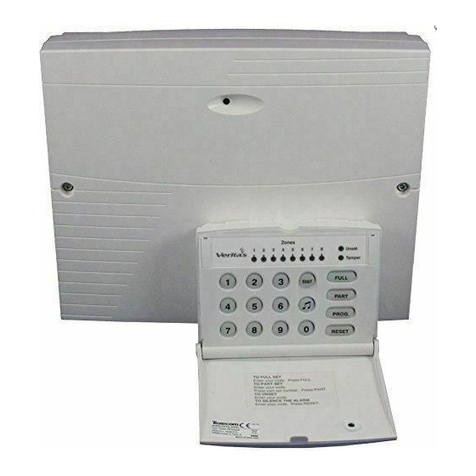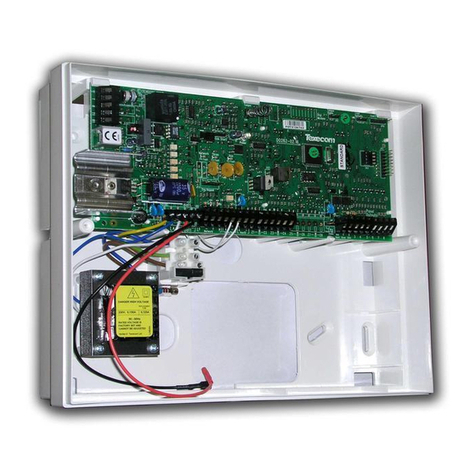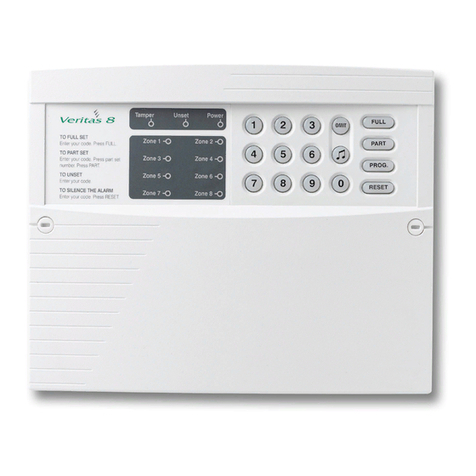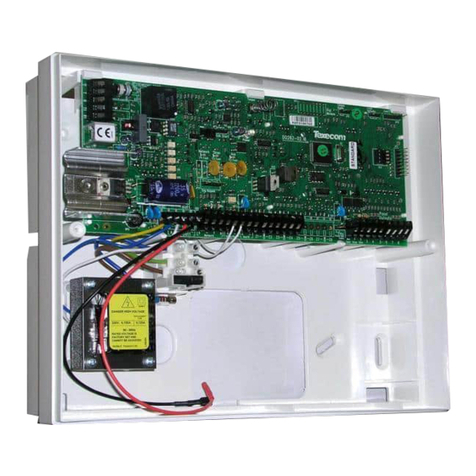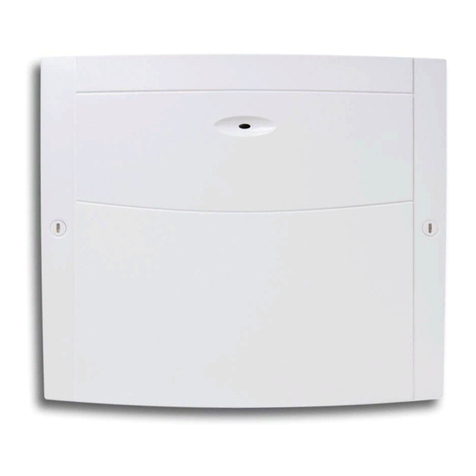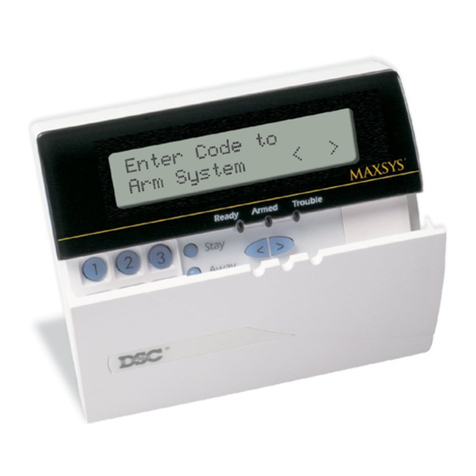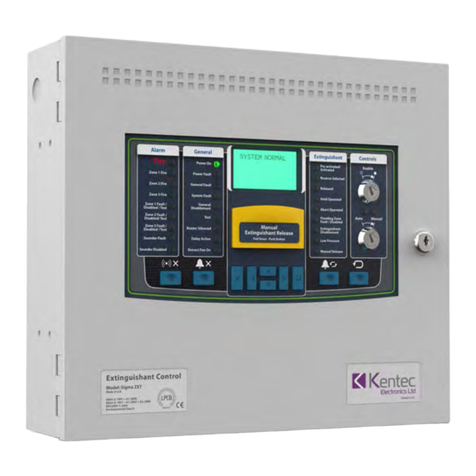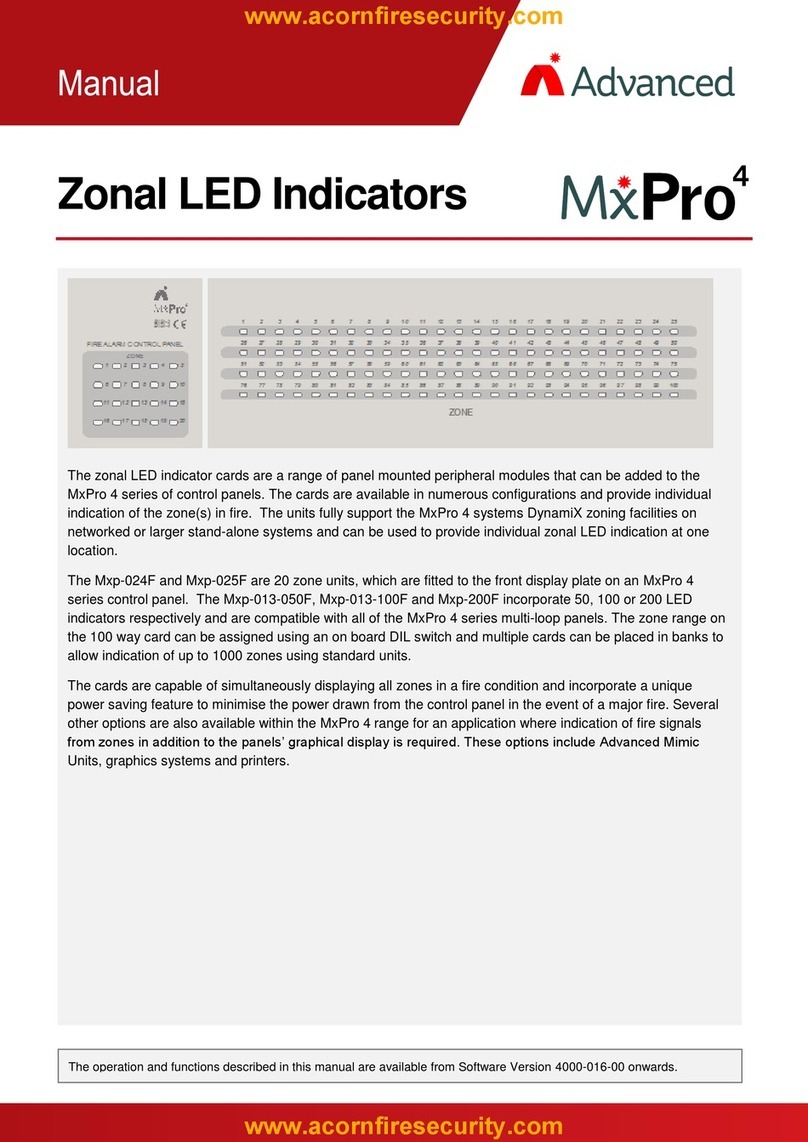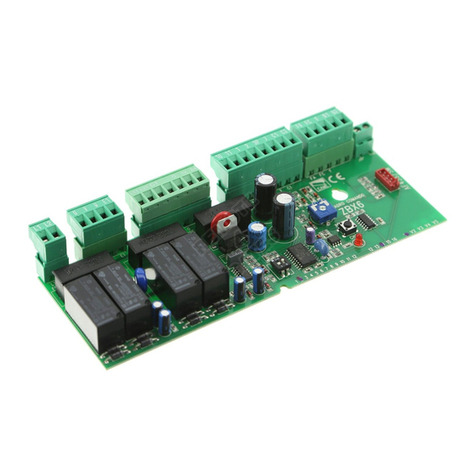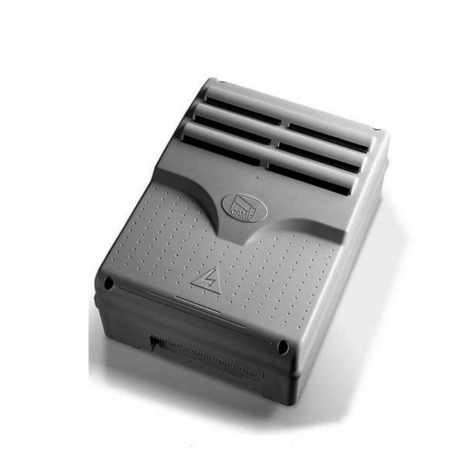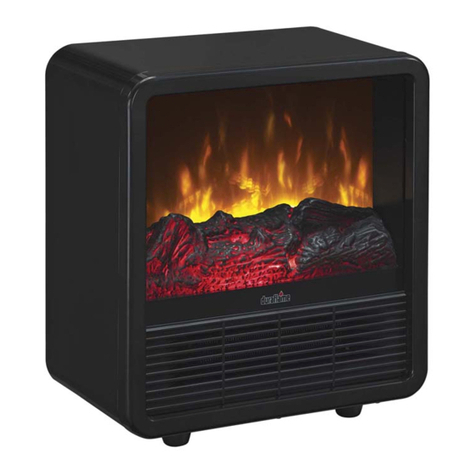Fire Safety & Maintenance Premier 412 & 816 Master User Manual
20 INS141-5
5. Fire Safety & Maintenance
Fire Safety
Fire Alarm Operation
Alarm
On a fire alarm, the bell or siren will pulse ON and OFF. If
your system is fitted with a Premier RKP16 Plus then the Fire
light will be illuminated. The alarm is also transmitted to the
Alarm Receiving Centre, if your installer has enabled this
feature.
Silence
To silence the bell or siren, enter your Access code.
Resetting Smoke Detectors
Once the smoke detector is reset, if it still detects smoke, the
alarm sequence will resound as described above. If there is
no smoke, the system will return to normal operation.
➤ To reset smoke detectors, proceed as follows:
1. Enter your Access code .
2. Press the key followed by the key. If your
system is fitted with either a Premier RKP16 Plus or
Premier LCD/LCDL then press the key.
3. The keypad will bleep and the alarm system will reset
all latching detectors.
If you suspect that a fire alarm has transmitted and
that there is no fire condition, call the alarm receiving
centre to avoid an unnecessary response. If a fire
condition is apparent, follow your evacuation plan
immediately. If the alarm sounds at night, evacuate
immediately.
The description above may not be applicable
depending on how your installer has programmed the
fire alarm operations on your system. Ask your
installer for more information regarding your system's
operation.
Household Fire Safety Audit
Most fires occur in the home. To minimise the risk of fire, it is
recommend that a household safety audit is conducted and
a fire escape plan is developed.
• Are all electrical appliances and outlets in a safe
condition? Check for frayed cords, overloaded lighting
circuits, etc. If you are uncertain about the condition of
your electrical appliances or household service, have a
professional evaluate these units.
• Are all flammable liquids stored safely in closed
containers in a well ventilated cool area? Cleaning with
flammable liquids should be avoided.
• Are fire hazardous materials (matches) well out of reach
of children?
• Are furnaces and wood burning appliances properly
installed, clean and in good working order? Have a
professional evaluate these appliances.
Fire Escape Planning
There is often very little time between the detection of a fire
and the time it becomes deadly. It is therefore very important
that a family escape plan be developed and rehearsed.
1. Every family member should participate in developing
the escape plan.
2. Study the possible escape routes from each location
within the house. Since many fires occur at night,
special attention should be given to the escape routes
from sleeping quarters.
3. Escape from a bedroom must be possible without
opening the interior door. Consider the following when
making your escape plans:
• Make sure that all perimeter doors and windows are
easily opened. Ensure that they are not painted shut
and that their locking mechanisms operate
smoothly.
• If opening or using the exit is too difficult for
children, the elderly or handicapped, plans for
rescue should be developed. This includes making
sure that those who are to perform the rescue can
promptly hear the fire warning signal.
• If the exit is above the ground level, an approved
fire ladder or rope should be provided as well as
training in its use.
• Exits on the ground level should be kept clear. Be
sure to remove snow from exterior patio doors in
winter; outdoor furniture or equipment should not
block exits.
• Each person should know of a predetermined
assembly point where everyone can be accounted
for i.e. across the street or at a neighbour's house.
Once everyone is out of the building, call the Fire
Services.
• A good plan emphasises quick escape. Do not
investigate or attempt to fight the fire, and do not
gather belongings or pets as this wastes valuable
time. Once outside, do not re-enter the house. Wait
for the Fire Services.
• Write the fire escape plan down and rehearse it
frequently so that should an emergency arise,
everyone will know what to do. Revise the plan as
conditions change, such as the number of people in
the home, or if there are changes to the building's
construction.




















